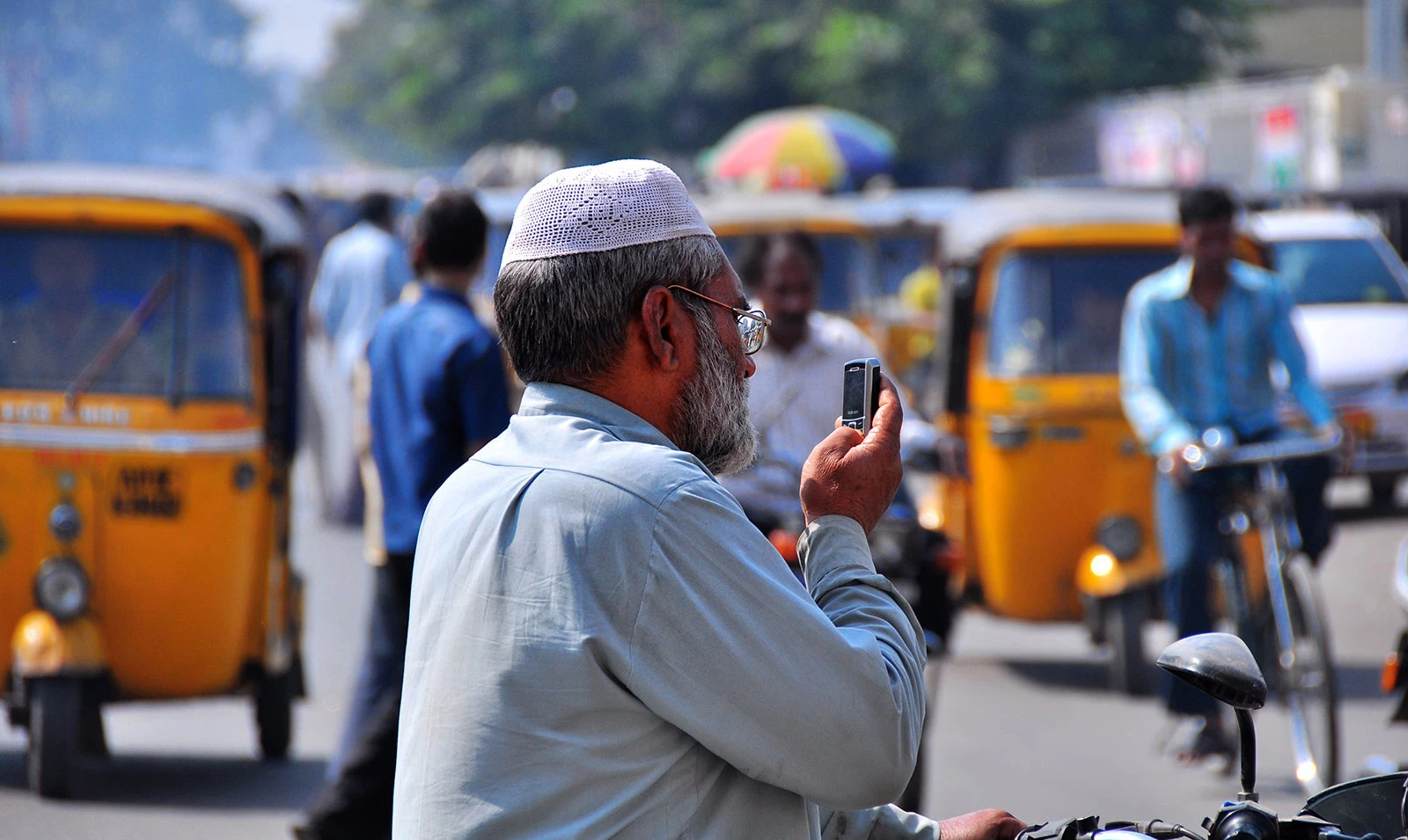
The global road safety crisis has reached epidemic proportions. Every year, according to the World Health Organization (WHO) estimates, some 1.35 million people lose their lives on the road , and millions more sustain serious injuries that often result in permanent disability.
Despite growing awareness, the numbers keep creeping up. The situation is particularly alarming in low and middle-income countries, where economic growth has boosted vehicle ownership and road construction, but road safety action hasn’t kept pace.
South Asia, unfortunately, is no exception. The region has just 10% of the world’s cars, trucks, and motorcycles, but accounts for an outsized 27% of global traffic deaths. Serious injuries from road accidents and months of costly rehabilitation can thrust a family into deep poverty.
In 2018, there were close to 25,000 road fatalities in Bangladesh, more than 27,000 in Pakistan, and almost 300,000 in India , according to the WHO. As vehicle ownership, road connectivity, and urbanization soar, fueled by the rapidly expanding South Asian economy, the number of traffic deaths could rise higher.
This is a tragedy with many dimensions. Apart from the enormous human toll, road safety has a major economic impact, with annual crash-related costs estimated at 2% to 5% of national GDP .
A recent World Bank analysis showed that, over time, sharply reducing the number of road traffic injuries would enable developing countries to achieve substantial GDP growth and welfare gains. In the case of India, halving the number of fatalities over 24 years would generate an additional flow of income equivalent to 14% of GDP. For South Asia as a whole, a 50% reduction in road deaths would generate an estimated gross benefit of about $1.2 trillion .
Road safety also has a tangible impact on poverty. Many crash victims are pedestrians, cyclists, or motorcyclists struggling to make ends meet. In India, cyclists and pedestrians together account for more than 12% of road user deaths . The loss of income and medical expenses from a crash can spell financial disaster for a victim and his or her family, especially where social safety nets are limited.
Finally, road crashes have a direct impact on human capital — the health, knowledge, and skills that help people become productive members of society. Data shows that road crash deaths and injuries disproportionately affect adults during their prime years of working and raising a family, and rank among the leading causes of long-term disability .
To find lasting solutions, it is important to keep in mind that human error is inevitable. Instead of blaming crashes on road users, we must focus on ways to improve safety. For example, how can we minimize the likelihood of a crash? And, when a crash does occur, how can we reduce the consequences? Countries that have shifted their attention to this “Safe Systems” approach have succeeded in lowering deaths, injuries, and losses related to road crashes.
Governments across South Asia are buckling up to address the road safety challenge from all angles, working with the World Bank and other partners on:
- Safer roads. The current road construction boom gives South Asia a unique chance to improve the safety of its network. From Karnataka to Tamil Nadu, all World Bank-supported road projects in the region include a safety component to help countries design, build, and operate safer road infrastructure. In India, the Bank is also helping the government introduce systematic design-stage road safety audits under the National Highways Interconnectivity Improvement Project.
- Safer vehicles. Minimum safety standards and regular inspections are essential and should be enforced for all vehicles — domestic or imported, used or new.
- Safer behavior. Effective traffic law enforcement is needed to discourage speeding and other risky behavior. The Bank is well-positioned to assist countries in these areas with Intelligent Transport Systems and other advanced technology.
- Strong governance. Achieving results requires clear targets, adequate resources, and accountable institutions, in addition to an improved legal and regulatory framework and better interagency coordination. To make this happen, we have been actively involved in developing national road safety strategies and creating effective road safety agencies.
- Post-crash health care. In the event of a collision, effective emergency health services and post-crash care can often mean the difference between life and death
How can we scale up these efforts to achieve the ambitious Sustainable Development Goal to cut in half the number of road traffic fatalities within the next decade?
Above all, unwavering commitment to the Safe Systems approach is critical. In that regard, governments in the region have shown renewed determination in tackling all dimensions of road safety. India’s new comprehensive Road Safety Strategy and a new Motor Vehicles Amendment Bill, for instance, would significantly improve vehicle safety standards, traffic law enforcement, and victim assistance. Likewise, Bangladesh’s Road Safety Panel recommended sweeping measures that would establish a national road safety authority, upgrade infrastructure nationwide, create a driver training and licensing system, launch advocacy campaigns, and much more.
The international development community’s technical and financial help is also needed. It is estimated that South Asia will need an extra $118 billion for road safety in the coming decade. To help close the gap, the World Bank-hosted Global Road Safety Facility has been mobilizing resources from donor governments and foundations such as Bloomberg Philanthropies, while the newly-created UN Road Safety Trust Fund will have a strong focus on private sector investment. In addition, the World Bank has worked with countries like Argentina and Vietnam on road safety projects that substantially reduced fatalities and injuries, a model that could be replicated in South Asia. Global advocacy and leadership are a key part of the equation as well, with organizations like the Fédération Internationale de l'Automobile leading the call for action.
With ambition, coordinated interventions, and the right level of investment, there is no reason why South Asia wouldn’t be able to win the road safety battle. By putting safety at the top of its priority list, the region has the opportunity to save millions of lives and become an inspiring success story of inclusive, sustainable development.
The World Bank stands ready to support South Asian countries along every mile of this journey.



Join the Conversation